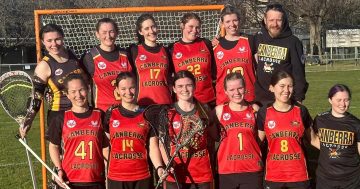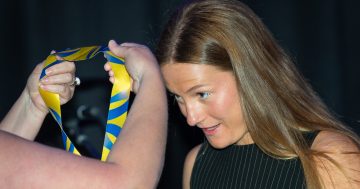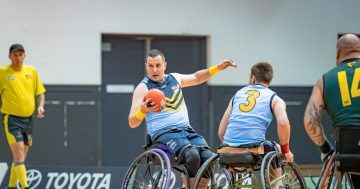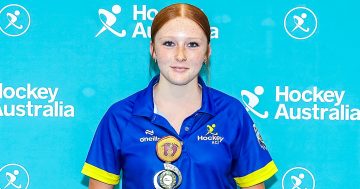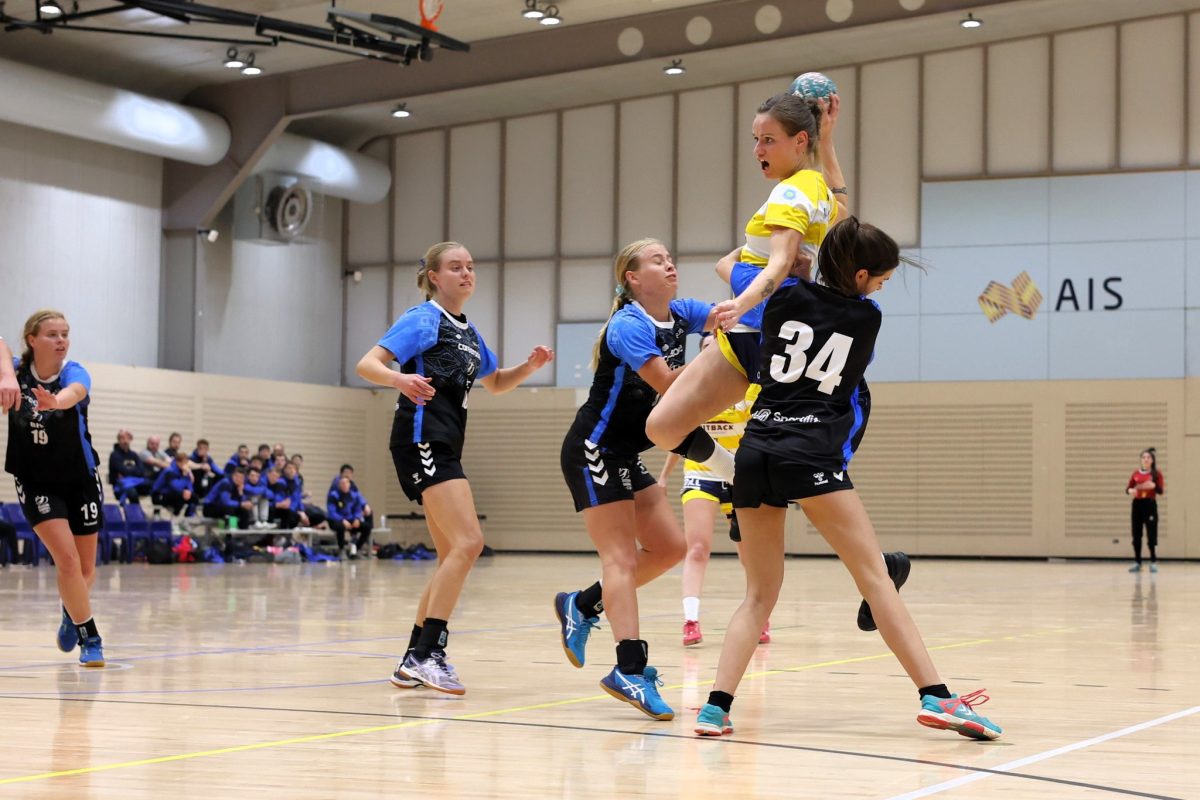
The 2023 Australian Handball Club Championship at the Australian Institute of Sport (AIS). Photos: Handball Australia.
We all know handball as that game you took off to play on the hard court at school as soon as the lunch bell rang.
It’s not quite the same game, but a European version of handball has also been a fully fledged Olympic sport since the 1936 Berlin games, complete with national teams, umpires, and plenty of moments when you grimace for the player who’s just been shoved into the ground, hard.
The Australian Institute of Sport (AIS) in Bruce hosted the 2023 Australian Handball Club Championship last week, described as the “largest handball tournament in Australia”.
“Bringing together the biggest clubs from across the country, and creating a platform for the best handball players to showcase their talent and compete for the coveted title,” the Australian Handball Federation says.
During the finals on Saturday (29 July) and Sunday (30 July), the University of Queensland team came out as top, beating the reigning champion of 10 years, Sydney Uni.
From here, they’ll go on to represent Australia and Oceania at the international ‘Super Globe’ games in Saudi Arabia in November.
They may not have made it that far, but we have our own team too, the Canberra Handball Club (Canberra HC). Its members include the owner of famous Fyshwick cafe ONA Coffee, Sasa Sestic and his son Aleks.

The University of Queensland won the 2023 Australian Handball Club Championship.
Another, Luke Behrendorff, joined years ago at the behest of his Year 10 teacher, who played in the Australian team. He describes this version of handball – with more players and rules and a much larger court than the schoolyard version – as “water polo outside of the pool”.
“A lot of people don’t know what handball is,” he laughs. “But it’s pretty much the same rules as water polo.”
This sort of competition-level handball traces its roots back to the end of the 19th century in Scandinavia and Germany, when ‘field handball’ – an 11-a-side game played outdoors – was first recognised.
The modern version is played on an indoor court measuring 40 x 20 metres between two teams of seven players each. It’s fast paced, occasionally brutal, and the aim is to get the ball into a football-style goal.
Players can take up to three steps without bouncing the ball and are allowed to hold onto it for a maximum of three seconds. Body contact is permitted, and offensive strategies are encouraged.
The entire match is 60 minutes long, comprising two halves of 30 minutes.
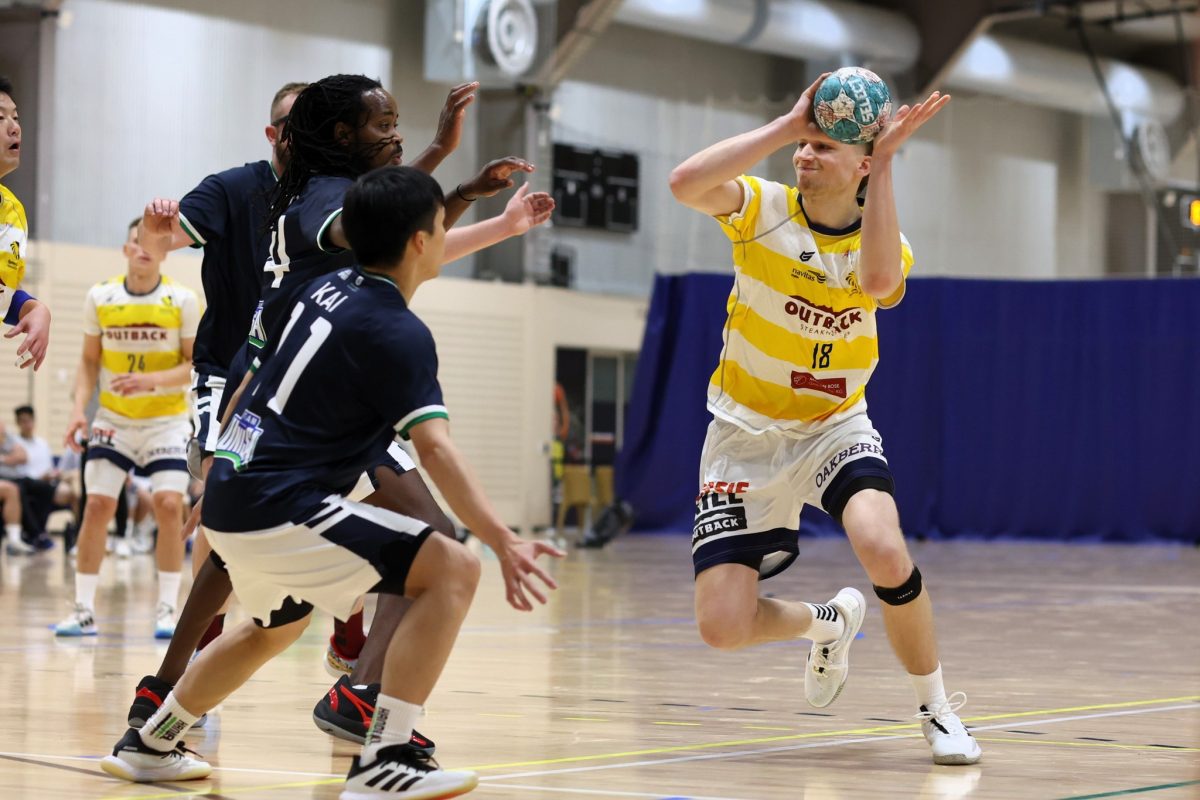
Handball started out as a sport in Europe, but interest is growing in Australia in the lead up to the 2032 Olympics.
It remains very popular in Europe, especially in Scandinavia and the Balkans, and is growing in places such as North Africa, the Middle East, and with the 2032 Olympic Games looming in Brisbane, Australia too.
“There have been tos and fros over the past few years,” Luke says.
“There have been times when we’ve had 150 people playing at the same time. It would be awesome to see more young people get into the sport and this kind of stuff to show this sport is amazing, hard-hitting and a lot of fun to play.”
Region went along to the opening game on Wednesday, 26 July, to watch the Canberra team in action:
To find out more about Canberra Headball, head to their website.















